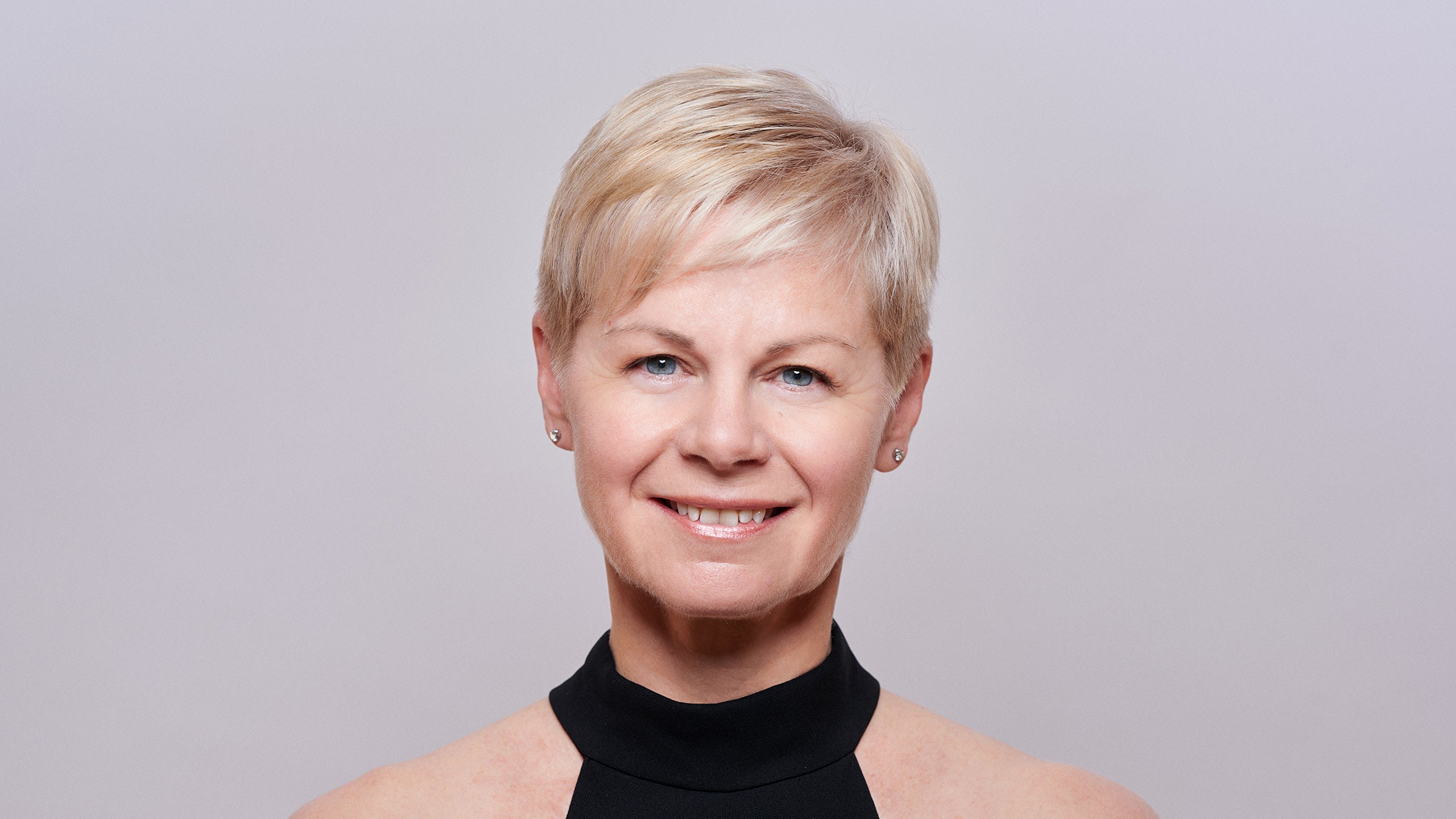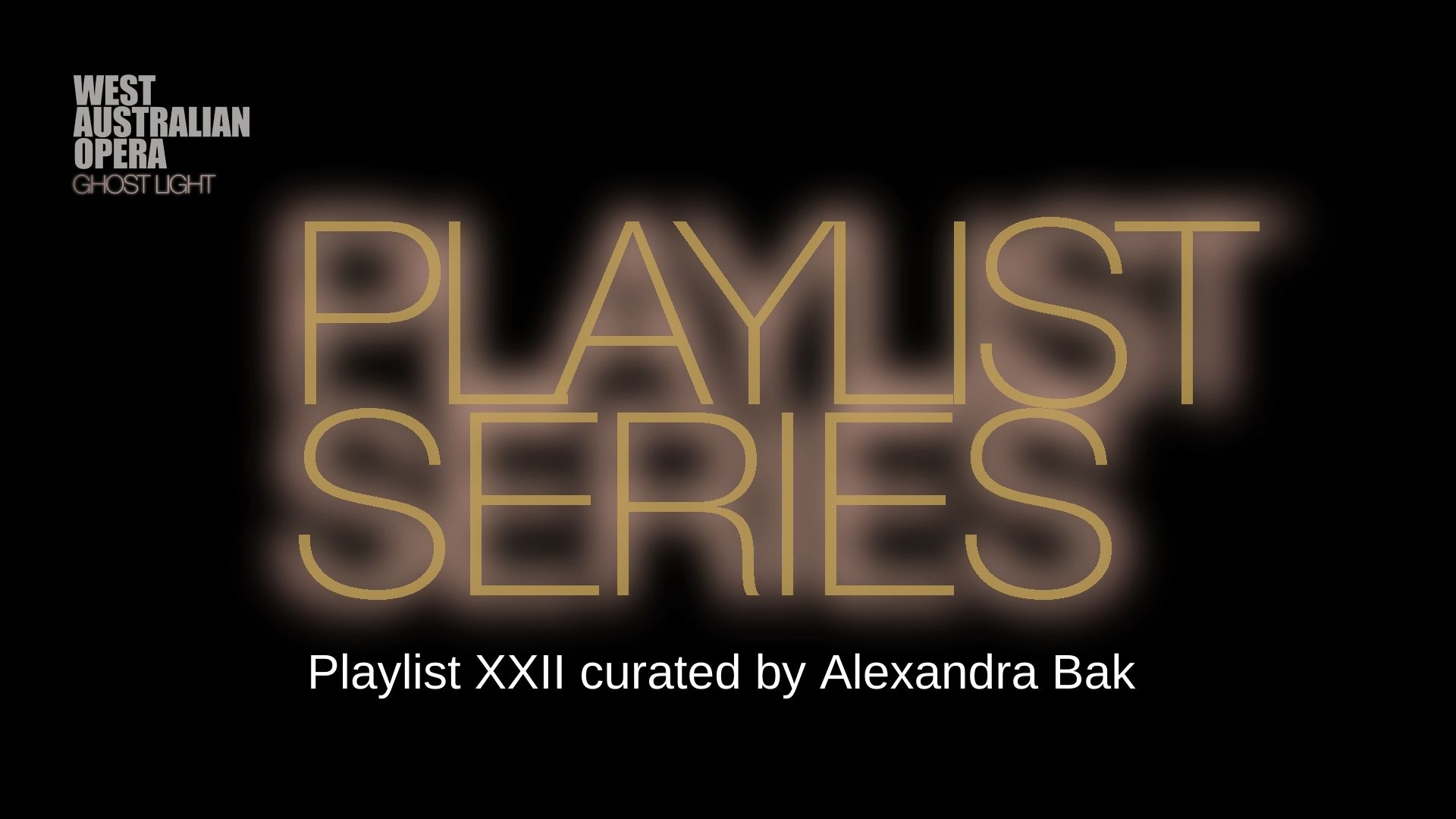WAO Spotlight with Margrete Helgeby Chaney
Only days remain until the full might of Mozart’s music will transform His Majesty’s Theatre, and now is the perfect moment to reflect on this exciting journey to opening night. From blocking in the studio to performing on stage, we want to shine a spotlight on our creatives working tirelessly to bring the magic of opera to you. Connect with your state opera company on an intimate level and learn how music, movement and characterisation are married to create a nuanced production.
This week, hear from Assistant Director Margrete Helgeby Chaney on navigating long-distance collaboration to stage Così fan tutte, the subtleties of human contact in live performance, and her hopes for future growth within the arts sector.
1. Tell us about your role as Assistant Director for Così fan tutte – what are your responsibilities and how do you work with the rest of the creative team?
The role of Assistant Director, in my experience, differs from production to production. It depends on how the Director likes to work, what the needs of the cast are and, of course, the type of production it is. In this instance I am very much a conduit – an on-the-ground facilitator between Bruno Ravella, who is in London, and the cast, who are here with me in the studio. My responsibilities are to ensure they all flourish in their roles.
With Bruno not able to be present in the studio my first job was to ‘block’ the staging with all the artists…but let me explain that a bit. A production - such as this one of Così - has an originating director who will unpack the story’s context along with the character traits and backstories of each person you will meet on stage. They then, along with the artists in the rehearsal studio, ‘choreograph’ (create a movement sequence for) each scene in a manner which allows those emotional motifs to be effectively communicated and, in doing so, create the narrative arch of the production. Once that is done this becomes a ‘set piece’ (like Intellectual Property). Every time that production is presented that overall staging must be recreated with the new cast. My first job, therefore, was to interpret that original ‘choreography’ and teach it to the artists.
While that may seem a little impersonal (just think of Cats or Les Mis where – no matter if you see the show in London, Perth or Abu Dhabi – it will look and feel exactly the same), our productions are more beautiful to work with, as there is room inside that ‘staging’ to allow for individual interpretations and nuances from the artists.
2. What is the most challenging part of the rehearsal process, and what do you find most rewarding?
This production has had more than the normal challenges given the indescribable year 2020 has been globally. The greatest challenge has been to negotiate the constraints of COVID-19 containment requirements and bring technology up to speed in the studio.
Technology will never replace human contact – the touch and nuance, the quiet asides of conversation, the look that tells you in one glance what a well-written letter could never express. Zoom has been fabulous, but we have missed that layer of connection between Bruno and the artists.
The greatest reward has been being in the studio (which feels like being home since it’s at His Maj and, when I danced with WA Ballet, we inhabited the second floor) and able to support this wonderful journey back to the stage.
Even before I got into the studio though, another great reward was knowing that I was coming back to work with WAO’s Karen Farmer (Stage Manager), Mandy Farmer (Production Manager) and Erryn Hanson (Assistant Stage Manager). And, of course, with repetiteur Tommaso Pollio on the piano. They are the unsung superheroes of every production this company puts on and have been for years. They have my respect and my gratitude. Not only that, but I also really enjoy working with them!
3. Do you have any memorable moments from behind the scenes you can share?
I’ve shared this a few times recently: one thing I’ve always enjoyed about working with opera is being so completely surrounded by such beautiful voices. Standing in the midst of the chorus in full voice is breathtaking and goosebump inducing! On the first day of rehearsals for Così it was no different as I became moved by the voices of our principals. On this occasion, however, I immediately felt a sadness as well: I recognised how much I have missed this important elevation of the human spirit since my own retirement from dance.
4. Are there any themes, messages or questions in Così that you think are particularly relevant today?
I’ve heard the argument that this work is misogynistic…sometimes the title is literally interpreted as “women are like that” and that is certainly as it is sung. I’d suggest you’d be better off looking through the lens of “so do they all”…look at what unfolds and who has driven this event, and I’m sure you’ll agree the behaviour of the male characters ain’t too flash either.
5. Why do you think storytelling through performance – be it opera, dance, or theatre – is powerful?
Because it creates a new and different ‘space’ in which to reflect, to think, to feel and see things differently, and tap into our private emotions in a non-threatening way. It’s art. Not reality. It invites curiosity. That’s what the arts – at their finest – do and create for us. At their worst, in my opinion, they lecture from their own pulpit and are no different to other forms of browbeating politics.
Re-sharing old, and quite frankly, universal stories – or at least exploring their central tenets – is important because it shows us where we’ve come from, allows us to consider where we are now and where we want to be in the future. We ignore our stories and our past at our peril.
6. How does your dance background inform and enrich your current work?
Hmm…in general, I think it might be in understanding and unpacking the myriad and sometimes subtle messages that the body is capable of conveying. That, and of course, helping with the pragmatics around certain movements and sequences.
7. What are your biggest hopes for the future of the arts sector?
That, as a sector, we are able to strategically unite around our common purpose in a way that can be understood and appreciated by government at all levels. We’ll know we are there when our (Prime) Ministers are as comfortable talking about the vital role of artists as they are about tradies.
That we are given the opportunity to work with and across portfolios of health, wellbeing, education, science etc. to understand exactly where the synergies are, and can be, between them and the arts. To contribute, as we can, to social, emotional and physical wellbeing – and to do this in a way that doesn’t compromise the art or the integrity of the other portfolios. No ‘dumbing down’.
That with investments such as the move of WAAPA into the CBD, which is a great signifier for how we can treasure and celebrate our emerging talent, we create a pathway for those budding creatives that leads to somewhere. HERE. Not to continue the loss of talent overseas and to the eastern seaboard. Let’s use this as a platform to grow student talent into professional talent that we, as consumers and members of the community, can enjoy and celebrate.
And finally, my biggest hope for the future of the arts sector is that people in the community are engaging with whatever art form they choose and that they get to feel what I did that first day back in the studio: 100% alive!
Mozart's Così fan tutte opens this Saturday at the home of opera, His Majesty's Theatre. To find out more about this exhilarating production click here.
ABOUT MARGRETE HELGEBY CHANEY
Current Chair, and a founding board member of Co3 Australia, West Australia’s contemporary dance company, Margrete enjoyed a long career as a dancer in companies within Australia and abroad, including Rambert Dance, WA Ballet and the Chrissie Parrott Dance Company, and as an independent artist. She is a graduate of WAAPA.
Throughout her career she also held teaching positions at WAAPA, founded the dance project ‘loaded’ with Stefan Karlsson which gained national acclaim, and expanded into administration, advocacy, and project management within the Arts sector. She holds two Bachelor of Arts degrees and has recently completed her MBA at UWA; graduating this December. In 2005, she was awarded “Most Outstanding Performance by a Female Dancer” by the Australian Dance Awards.
Her previous engagements with opera have included roles as Assistant Director at Opera Queensland, State Opera of South Australia and West Australian Opera and Director at West Australian Opera.


